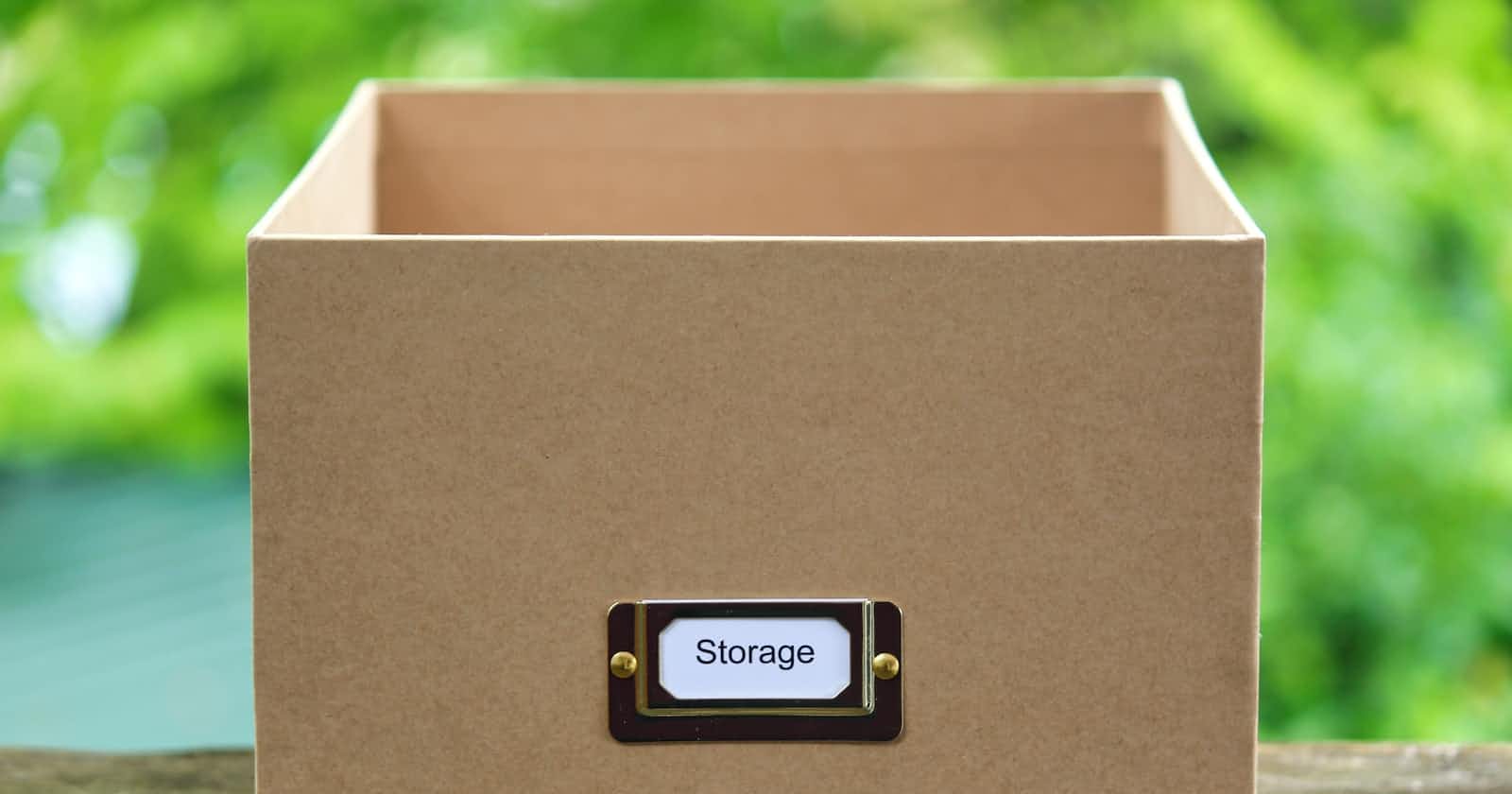
Photo by Lia Trevarthen on Unsplash
Navigating the Data Landscape: A Comprehensive Comparison of Blob Storage, Time Series Databases, Graph Databases, and Spatial Databases
Introduction:
In the rapidly evolving world of data management, a diverse range of specialized databases has emerged to address unique requirements for different data types and use cases. Blob Storage, Time Series Databases, Graph Databases, and Spatial Databases have gained prominence as powerful tools for efficient data storage and analysis. Understanding the strengths, applications, and resources associated with each of these database types is crucial for making informed decisions regarding effective data management. In this article, we will embark on a comprehensive exploration and comparison of Blob Storage, Time Series Databases, Graph Databases, and Spatial Databases, offering real-world examples and practical code snippets for further understanding.
In this blog, We will cover some types
Blob Storage: Storing and Retrieving Unstructured Data
Time Series Databases: Managing and Analyzing Time-Stamped Data
Graph Databases: Uncovering Complex Relationships
Spatial Databases: Efficient Management of Location-Based Data
Here is some brief for each one
Blob Storage
Blob Storage is a cloud-based storage service that excels at storing unstructured data such as images, videos, and documents. It provides scalable and durable storage, making it an ideal solution for applications that require efficient data storage and retrieval while maintaining simplicity and cost-effectiveness. For example, consider a scenario where a web application utilizes Azure Blob Storage to securely store and serve user-uploaded profile pictures.
from azure.storage.blob import BlobServiceClient, BlobClient, ContainerClient
connection_string = "<your_connection_string>"
container_name = "<your_container_name>"
blob_name = "<your_blob_name>"
file_path = "<path_to_your_file>"
blob_service_client = BlobServiceClient.from_connection_string(connection_string)
container_client = blob_service_client.get_container_client(container_name)
blob_client = container_client.get_blob_client(blob_name)
with open(file_path, "rb") as data:
blob_client.upload_blob(data)
Time Series Databases: Managing and Analyzing Time-Stamped Data
Time Series Databases specialize in efficiently managing and analyzing data with a time component, such as measurements or events recorded at specific intervals. Prometheus, an open-source Time Series Database, stands out for its scalability, performance, and rich query capabilities. It allows users to collect, analyze, and visualize time series data from various sources, enabling effective monitoring and observability. Consider a scenario where you need to monitor the response times of a web service using Prometheus.
from prometheus_client import start_http_server, Summary
import random
import time
# Create a summary metric
response_time = Summary("http_response_time", "Response time for HTTP requests")
# Decorate your HTTP handler function with the summary metric
@response_time.time()
def process_request():
# Simulate some processing time
time.sleep(random.uniform(0.1, 1))
# Start the Prometheus HTTP server
start_http_server(8000)
# Process incoming requests
while True:
process_request()
Graph Databases: Uncovering Complex Relationships
Graph Databases excel at managing interconnected data and complex relationships, making them ideal for social networks, recommendation systems, and fraud detection. Neo4j, a popular graph database, provides a powerful query language called Cypher, which simplifies graph traversal and pattern matching. Consider a social media platform that utilizes Neo4j to model and analyze user connections.
from neo4j import GraphDatabase
# Connect to Neo4j database
driver = GraphDatabase.driver("bolt://localhost:7687", auth=("neo4j", "password"))
# Create a user and a relationship
with driver.session() as session:
session.run(
"CREATE (u1:User {name: 'Alice'})-[:FOLLOWS]->(u2:User {name: 'Bob'})"
)
Spatial Databases: Efficient Management of Location-Based Data
Spatial Databases specialize in managing spatial and geographic data, enabling efficient storage, indexing, and querying of location-based information. PostGIS, a popular spatial extension for PostgreSQL, provides a rich set of tools for working with spatial data. The following code snippet demonstrates how to query a PostGIS database to find all restaurants within a certain distance from a given point:
SELECT name FROM restaurants WHERE ST_DWithin(geom, ST_SetSRID(ST_Point(-74.009, 40.712), 4326), 1000);Conclusion:
Blob Storage, Time Series Databases, Graph Databases, and Spatial Databases represent powerful solutions catering to distinct data management needs. By exploring the provided examples and code snippets, readers can gain practical insights into each database type and their applications. Making informed decisions when navigating the complex data management landscape becomes easier when armed with knowledge about the strengths and resources associated with Blob Storage, Time Series Databases, Graph Databases, and Spatial Databases.
